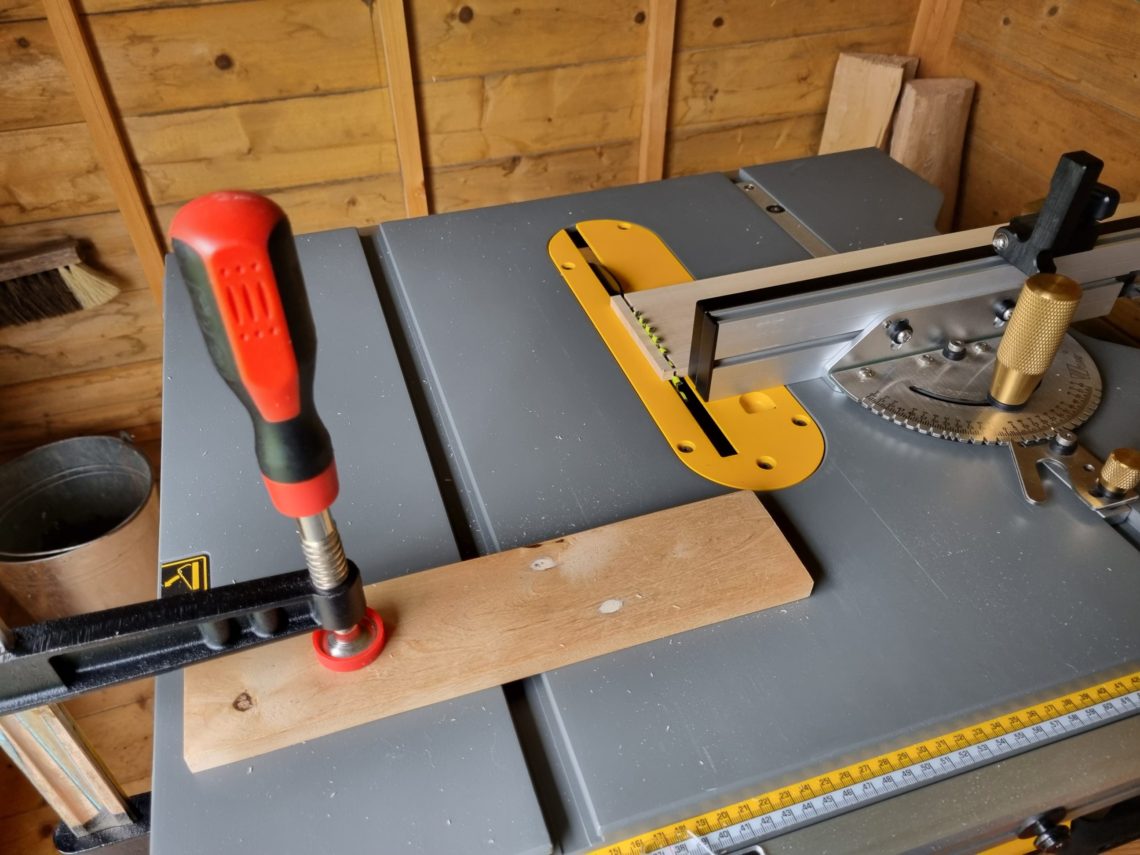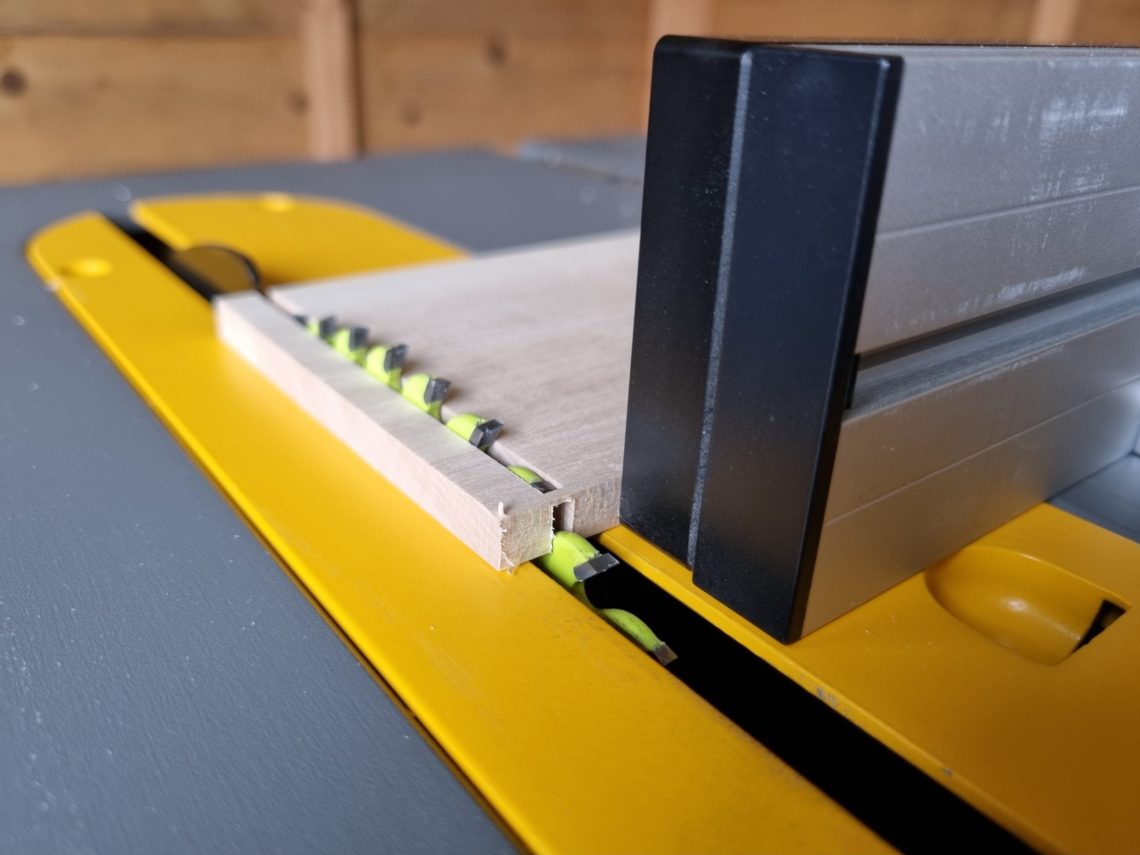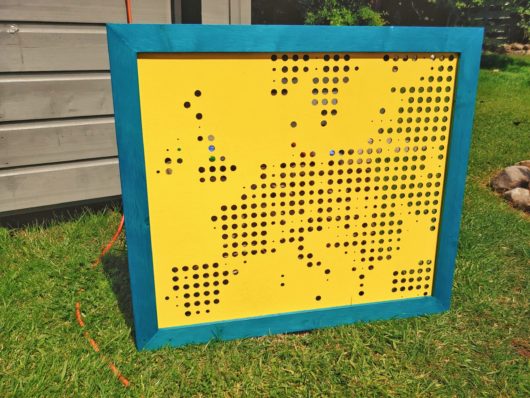
Cooking fat trays
A few years ago I cut down a small sycamore tree that grew in my garden, it was necessary for safety reasons. I let the wood dry, processed it with the basic woodworking tools I had, and used it in a few projects. One board remained, awaiting the right moment and purpose. It was already planed and ready to go, perfectly straight, with no cup or twist. I needed a flat tray or dish for a stick of butter, with no lid to keep the project simple to make and easy to clean. The lard tray was also made in the process. While it wasn’t an urgent need, it made sense to utilise the tools and setup, effectively achieving two tasks at once.



I started by clamping a simple stop block to the saw and cut off 4 handles – front and back lips. Because of their size, they had a tendency to fall into the gap in the throat plate. I could tape it off with painter’s tape, but I chose a different approach and it worked perfectly fine. Rather than making complete through cuts, I left small tabs to hold the pieces in place. Afterwards, I either broke them off or trimmed them with a utility knife.







I glued the lips to the trays, allowed the glue to dry, and then cut everything to size in a specific order to minimise tear-out. The lips were cut flush with the bottoms first, and then I rip-cut the trays to the final width. A quick sanding was followed by the oil application. A single coat was all they needed and it beautifully enhanced the subtle sycamore grain. The oil dried for 2 – 3 days and I could call the project done. One tray was used for butter and the other for lard. The lard sticks I buy, usually come in one size, but the butter, even if it always weighs 454 g (1 pound), comes in many different sizes – slightly longer or shorter, and there is no consistency in the packaging they use. The butter tray I made, however, should accept most of the sticks available in Irish grocery shops.









